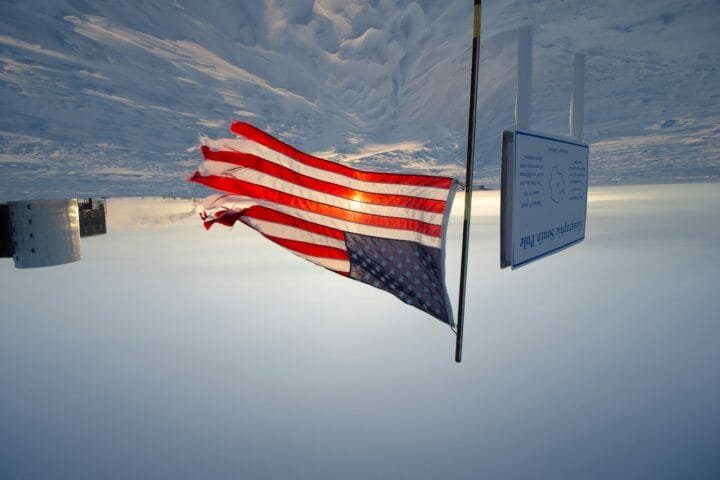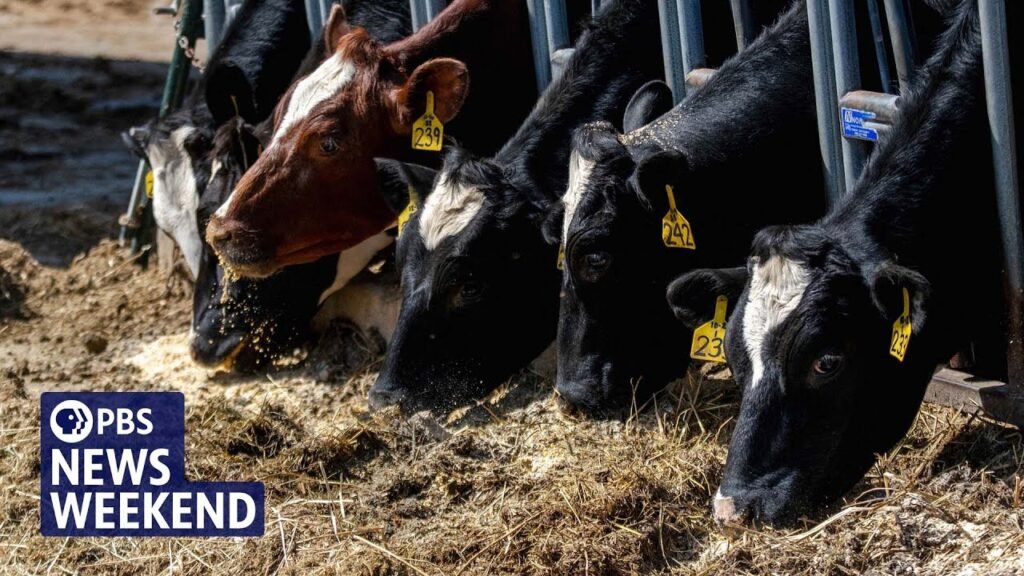From EcoWatch
Summary
- Global temperatures have risen 1.1 degrees Celsius since the industrial revolution
- Human activity, primarily burning fossil fuels, is the main driver of global temperature rise
- We must curb greenhouse gas emissions by 60 percent of 2019 levels by 2035 to limit global temperature rise to 1.5 degrees Celsius
What Is the Climate Crisis?
The climate crisis refers to the destabilization of the climate conditions that have allowed human communities and current ecosystems to survive and thrive on Earth. It is caused by a rise in global temperatures that scientists conclude is “unequivocally” driven by human activity — primarily the burning of fossil fuels and secondarily the destruction of forests and other natural carbon sinks. Since humans began using fossil fuels in earnest at the start of the industrial revolution, global temperatures have risen to 1.1 degrees Celsius above the 1850 to 1900 average. Global heating has now reached a rate of increase of more than 0.2 degrees Celsius per decade. This warming has already led to the melting of Arctic sea ice, the retreat of glaciers, and more frequent and intense extreme weather events like heat waves, foods and droughts. These events have already claimed lives, driven species to extinction and forced more than 13 million people from their homes in Africa and Asia in 2019 alone. With every further warming increase, the risks of additional harms become ever more severe.
Luckily, there is something we can do about it, but we have to act quickly. The latest report from the Intergovernmental Panel on Climate Change (IPCC) found that we must curb greenhouse gas emissions by 60 percent of 2019 levels by 2035 in order to limit global temperature rise to 1.5 degrees Celsius above pre-industrial levels and save hundreds of millions from suffering and poverty by 2050. Unfortunately, temperature projections based on current policies and pledges put the world on track for 2 to 3.2 degrees of warming. The climate crisis is therefore a crisis in two senses of the word. It is both “a time of intense difficulty, trouble, or danger” and “a time when a difficult or important decision must be made.” We can choose to drive our gas-powered SUVs down what UN Secretary-General António Guterres called the “highway to climate hell,” or we can turn off the ignition, take our feet off the gas pedal and walk together down a greener path.
Other key passages:
- Historically, the U.S. is the country that has emitted the most climate-warming emissions, contributing around 20 percent to the total between 1850 and 2021. It is followed by China at 11 percent, Russia at 7 percent, Brazil at 5 percent and Indonesia at 4 percent. The culpability of the latter two is largely because of deforestation.
- Climate action falls into two broad categories: mitigation and adaptation. Mitigation means actively reducing the amount of greenhouse gases in the atmosphere to stabilize global temperatures, while adaptation means adjusting to the changes in sea level or weather patterns that are already locked in.
[...]





